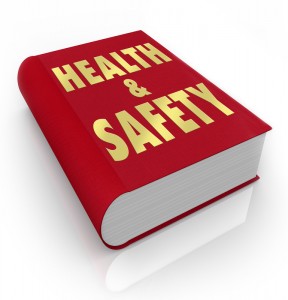 The case of 74 year-old Mike Abbott has made headlines in his native Liverpool recently because of problems he found securing work over the previous 50 years. Abbott, a builder by trade, discovered that for over 50 years he has been ‘blacklisted’ by firms, ostensibly because of his trade union activities.
The case of 74 year-old Mike Abbott has made headlines in his native Liverpool recently because of problems he found securing work over the previous 50 years. Abbott, a builder by trade, discovered that for over 50 years he has been ‘blacklisted’ by firms, ostensibly because of his trade union activities.
Abbott claims that there are multiple entries on the blacklist file, which first mentions employment problems as early as 1964 when he was working on the Fiddler’s Ferry power station. Abbott believes that he was blacklisted for drawing attention to health and safety issues on the site after a worker was seriously injured.
Speaking to the Liverpool Echo newspaper about his problems finding work and the situation at the power station worksite, Abbott said;
“I started on the Monday morning and the guy who was in charge said to us he wouldn’t take his lads up on the wet steel.
“At about 10.30am that morning an old man about 62, a steel erector, came hurtling down and was impaled on the steel barriers.
“We were always having to fight for safer conditions in the construction industry.”
Whistle-blowers – helping to raise site Health and Safety?
Many of Mike Abbott’s employment problems stem from the political environment in place in the construction industry of the 1960s and 1970s. However the desire to see site standards improved to protect employees from injury is just as important today as it was then.
Construction remains the most dangerous field of work in the UK, requiring all contractors, staff and employers to be vigilant on site. Health and safety legislation has also increased the employer’s responsibility for keeping staff safe in the workplace, and the general public in the surrounding areas.
These demands mean that employers should actively encourage their staff to report issues and concerns early so that issues can be resolved long before anyone is placed in danger. Encouraging employees to report health and safety issues internally first will also help your business resolve problems before they become public relations disasters.
Reports of potential health and safety problems could be regarded as costly and troublesome. However failure to deal with genuine issues could be more problematic and costly for your firm in the long run. Fostering a culture of transparency and approachability will help concerned staff feel confident in reporting issues without stigma and help your business stay on top of potential problems before they become disasters.
What if there are no whistle-blowers?
Where employers find that reports of unsafe working practices are not being made, their may be workforce-related problems that are preventing whistle-blowers coming forward. Just because near-misses go unreported does not absolve employers of their responsibilities to employees and the general public.
In these situations, the assistance of a third party to provide health and safety auditing and guidance can help identify problems or blind spots that are placing people in danger. Regular site audits can help identify issues that are otherwise ignored, or to reveal shortfalls in your health and safety provisions.
So over to you – how does your business encourage employees to report health and safety concerns? As always, we;d love your comments below

A chartered (fellow) safety and risk management practitioner with 20+ years of experience. David provides a healthy dose of how-to articles, advice and guidance to make compliance easier for construction professionals, Architects and the built environment. Get social with David on Twitter and Linkedin.




One Comment
Awsome Bro!